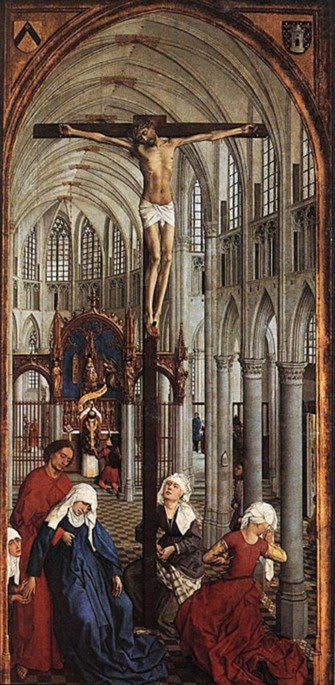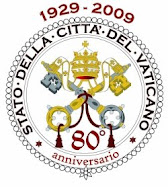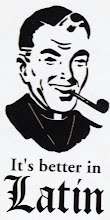Dr. Paul Weber, our Director of Sacred Music and Organist at St. Martins, will be giving a presentation on "The Tradition of Chant in the Roman Rite" at 1:30 pm on Sunday, August 18 in the parish hall. Come early for the noon Extraordinary Form Mass and hear chant in action in the Church's liturgy!
Click HERE for a link to the announcement over at the New Liturgical Movement blog, who has picked up on the story.
































